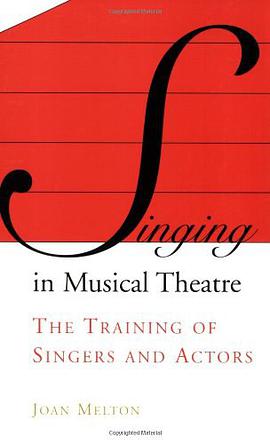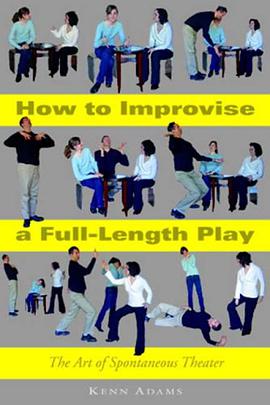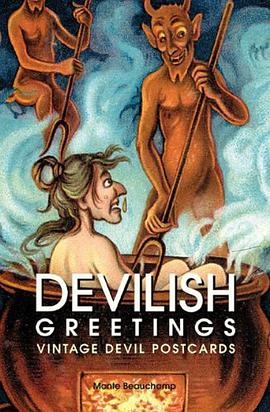

Despite a fifty-year career as a landscape painter, Christopher Cranch's paintings are little known. Instead, he is best known for his poetry, his ties to the New England Transcendentalists, and, above all, his playful caricature of Ralph Waldo Emerson as an enormous "transparent" eyeball, perched atop a minuscule body in top hat and tails, optic nerve tied in a ponytail. From his first reading of Emerson's Nature essay (1836), Cranch was inspired to explore Transcendental concepts through visual means; although ultimately it was painting, not caricature, that provided the ideal vehicle for him. Transcribing nature onto canvas became an act of devotion. Like Thoreau writing of the daily trials of life on Walden Pond, Cranch also attempted, in his landscapes, to express the correspondence between nature and spiritual concepts. His brand of Transcendentalism bypasses the quiet,"transparent" aspect to celebrate a nature that is filled with the flux and continual shifting that Emerson and Thoreau also celebrated in their writings. C. P. Cranch was intimate with some of the most innovative thinkers in America and counted among his friends Margaret Fuller, Ralph Waldo Emerson, George William Curtis, and James Russell Lowell. This study considers Cranch not only as a Hudson River School artist, but also as a participant in the history of ideas, a multifaceted individual who merged intellectual and artistic life.
具体描述
读后感
评分
评分
评分
评分
用户评价
相关图书
本站所有内容均为互联网搜索引擎提供的公开搜索信息,本站不存储任何数据与内容,任何内容与数据均与本站无关,如有需要请联系相关搜索引擎包括但不限于百度,google,bing,sogou 等
© 2025 book.wenda123.org All Rights Reserved. 图书目录大全 版权所有




















